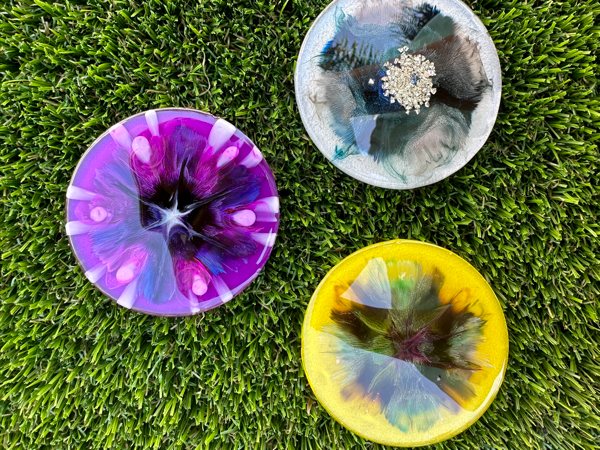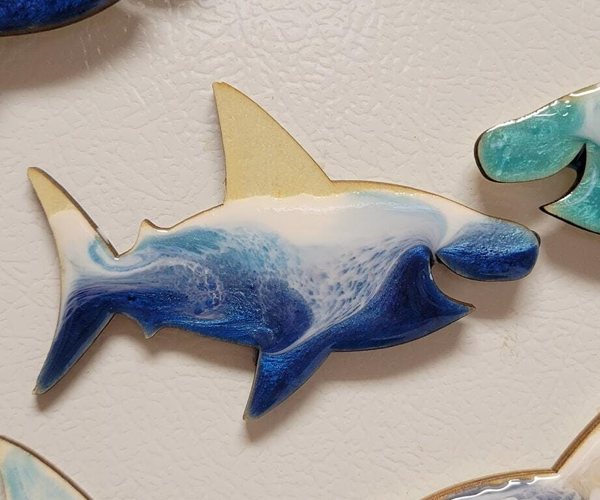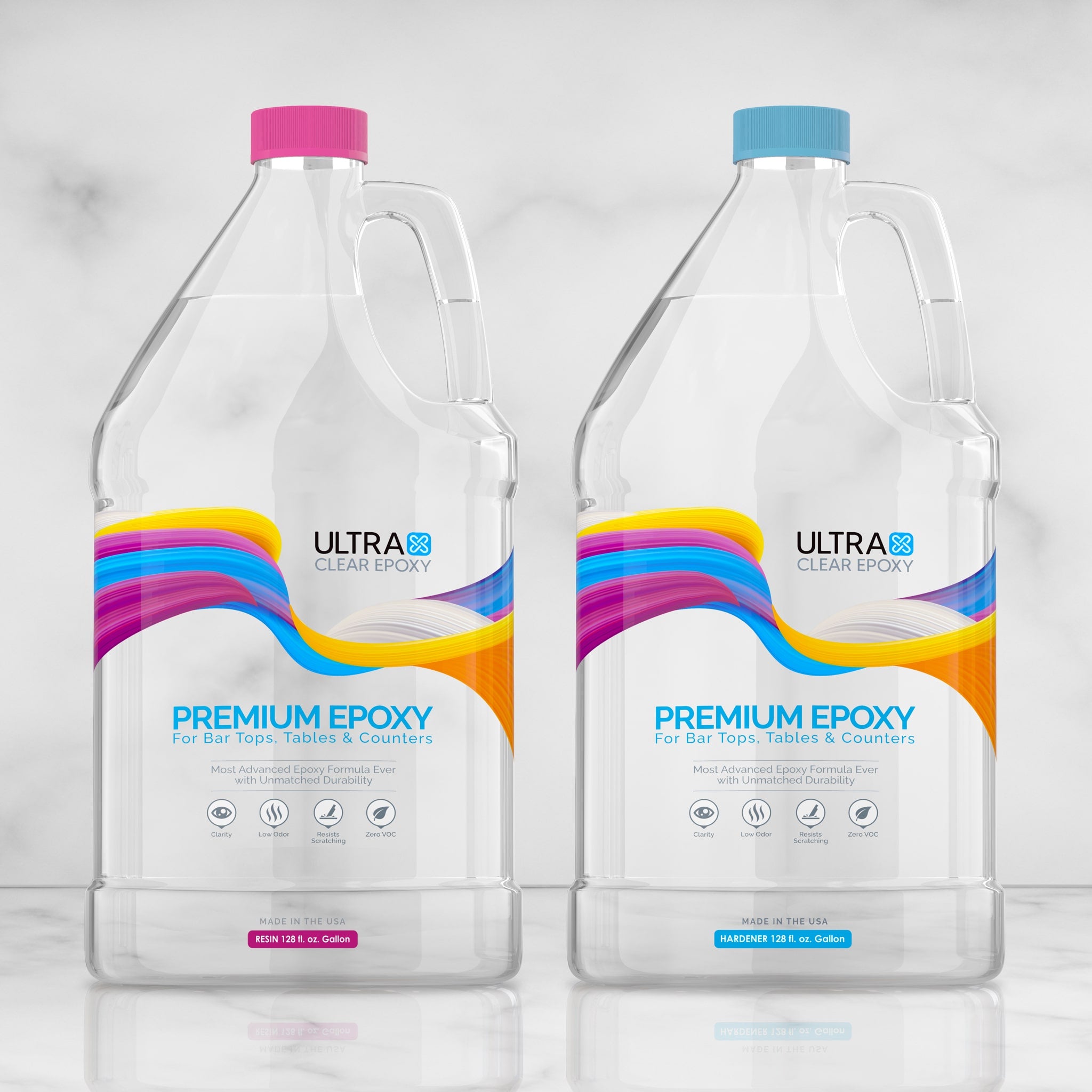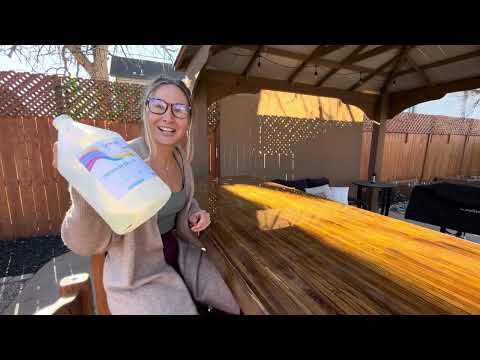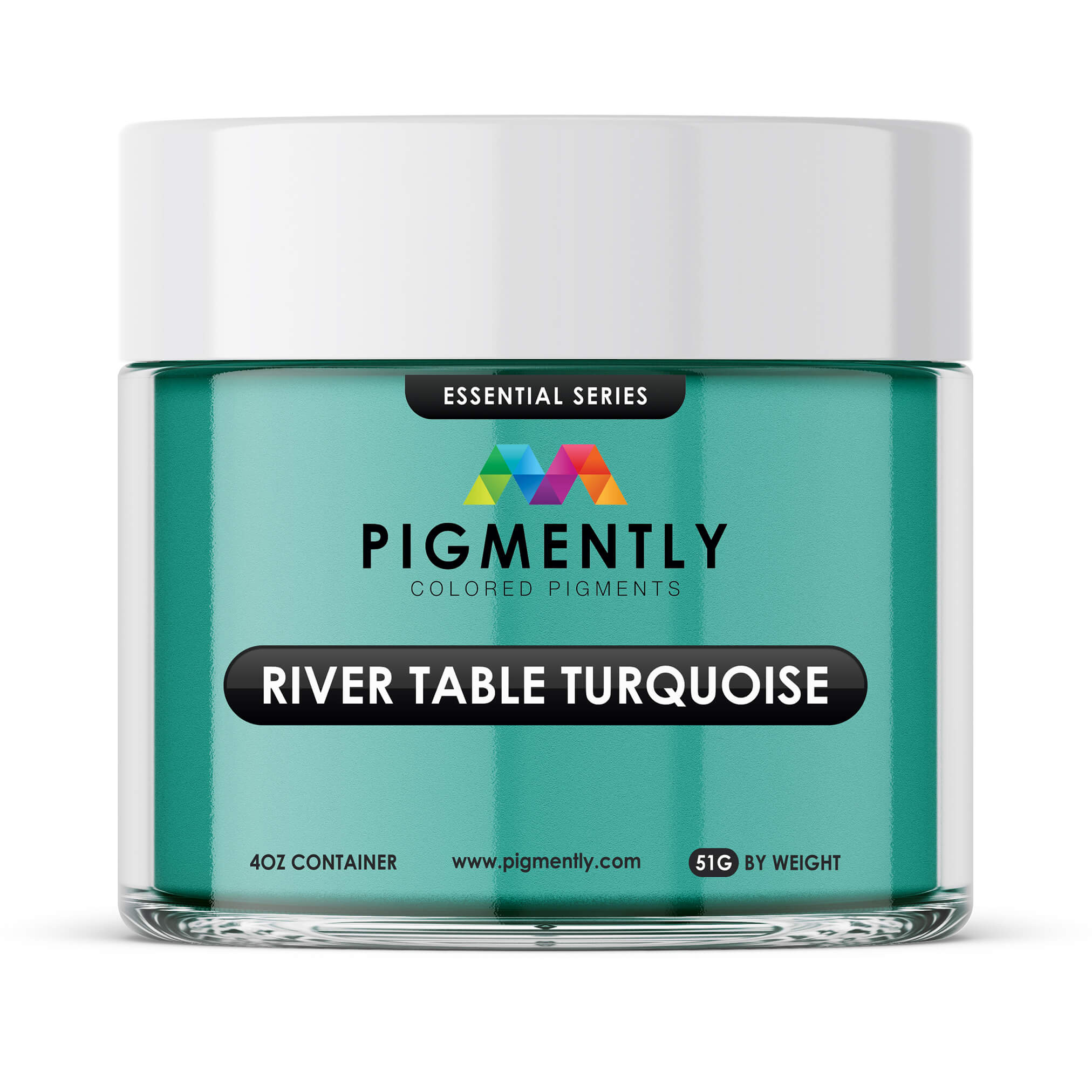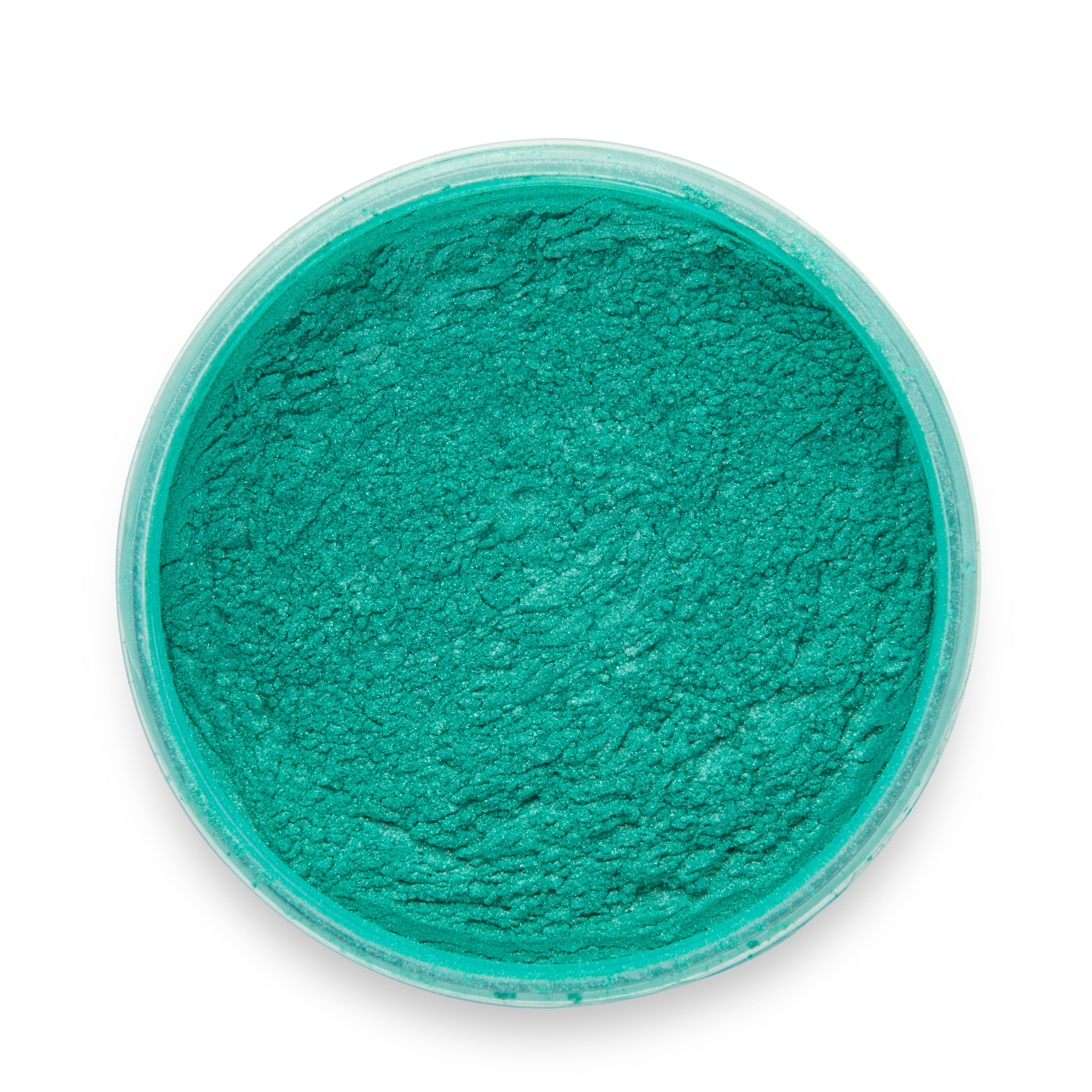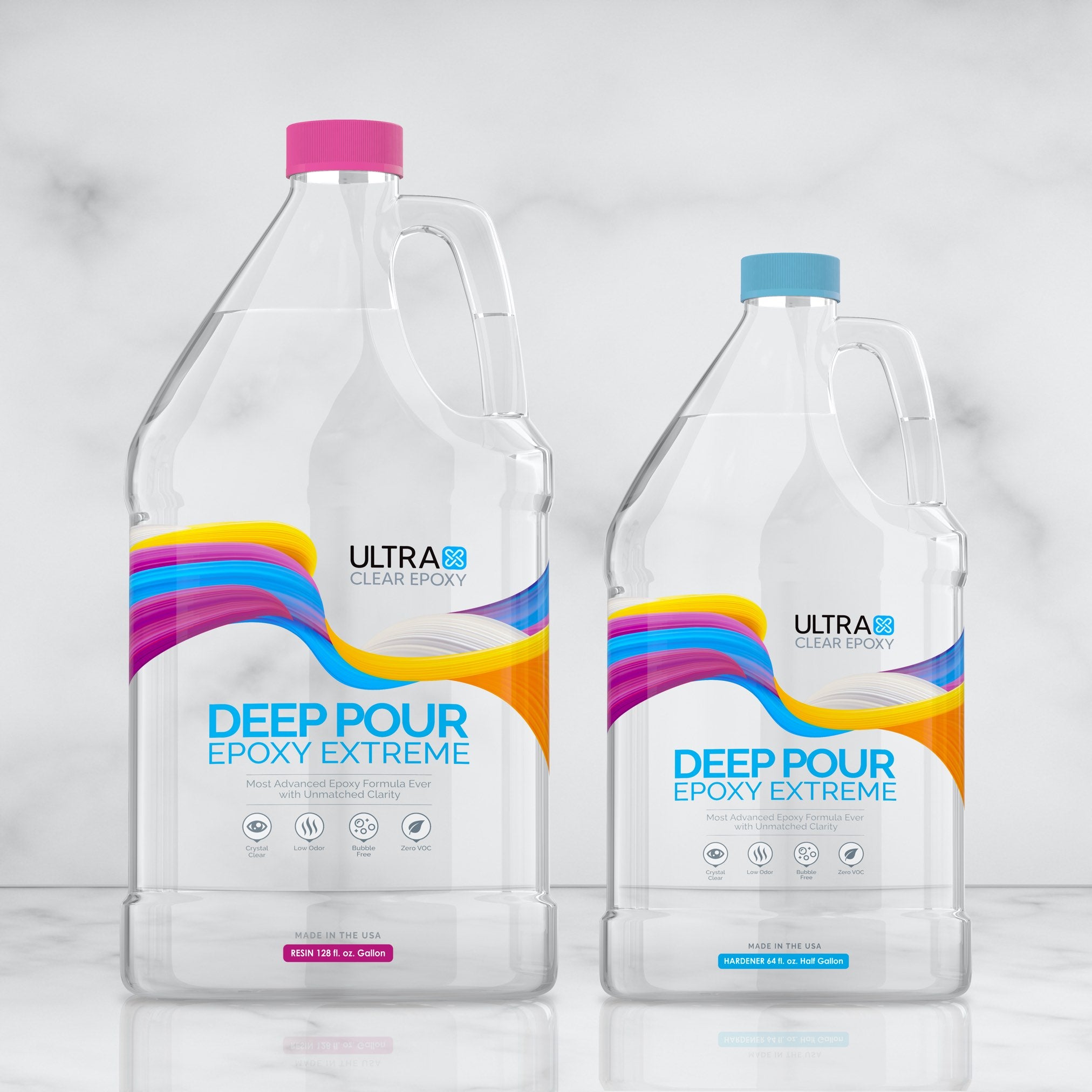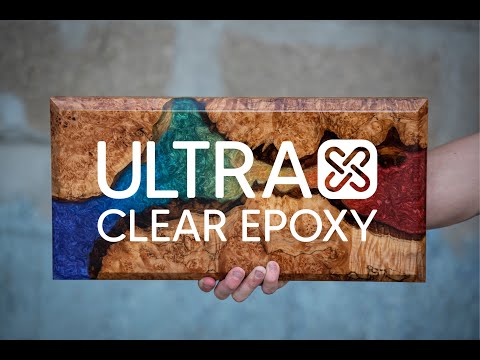Epoxy resin can seem like an expensive hobby at first. At around $80 per gallon for a high-quality art and craft epoxy, with potentially higher depending on where you shop, the upfront costs scale early.
But most art projects don't require a tremendous amount of epoxy, and a little goes a long way with most crafts.
In this article, we'll discuss how much epoxy you need for various types of art, and thus how much expense an epoxy resin hobby can incur.
Is resin an expensive hobby?
One of the first things to consider regarding costs is what types of creations you intend to make. An art piece made purely of epoxy will naturally require more than a same-sized work made with other materials as well. Resin coasters are a good example of this.
If the projects you're working on are the type that only require epoxy coatings, rather than being made fully from epoxy resin, you'll spend a lot less on the resin over time, and it will last you longer.
Are you selling your works? Or keeping/gifting them?
Another aspect to whether resin is an expensive hobby is determining whether or not you'll be selling at least some of your creations. By selling some of them, you can recoup the costs spent on the initial materials. It's possible to make a notable profit from this, while still having some material leftover for other purposes.
Resin keychains and resin jewelry are common choices for small items that can be made inexpensively and sold for much more than they cost to make.
Measuring accurately in advance is important.
One cause of expense with epoxy resin crafting is wasted resin due to inaccurate measuring. It's important that you know how much you need to fill a mold or reservoir.
Fortunately, there are some techniques you can use to determine this:
Technique #1: Measure with water.
For projects involving other waterproof materials, you can fill a space with water, then pour it into a measuring cup to determine how much you'll need. This method works exceptionally well for silicone molds but should not be used on materials that aren't waterproof, such as wood.
Afterward, when you're mixing up a resin batch, just be sure the combined total of resin/hardener matches the volume of the water.
Technique #2: Use something dry, such as grains of rice.
For projects involving materials that are susceptible to moisture damage or other issues, you can use objects such as grains of rice to measure.
Simply fill the space with rice, then when it's full to the point where your epoxy would go, pour it into a measuring container to see how much epoxy you'll need.
How much epoxy do you actually need?
When you're thinking about doing some resin art of your own, try to plan ahead. For instance, consider the following few questions:
- Are you interested in crafting a variety of things?
- Do you intend to make the same thing several times over?
- Will you be applying embedments, which take up space and reduce epoxy requirements?
These questions can help you decide the amount of epoxy you'll need to get started. For arts and crafts, users often use either our UltraClear Table Top Epoxy or our newer UltraClear Art and Craft Epoxy.
Both are excellent for different types of resin art and differ in the following ways:
Our UltraClear Table Top Epoxy is:
- Higher viscosity. It's thicker and flows slowly.
- Feature good heat resistance (up to 135°F without issue).
- Has a shorter working time and takes long to cure.
Our UltraClear Art and Craft Epoxy is:
- Lower viscosity. It's is a thinner liquid that flows more quickly.
- Has lower heat resistance. Intended for room-temperature environments.
- Can be used effectively to make very thin layers, suited for epoxy tumblers and other arts-and-crafts projects.
Choose the epoxy you'll use based on the type of project you're working with.
For example, when making tumblers, keychains, or small resin art, the Art and Craft Epoxy is usually the better choice, whereas for making bigger pieces such as coasters, trays, wall art, etc., you may be better off with our Table Top Epoxy.
And as always, it's better to invest in a quality resin when you're working with epoxy, as they're much more likely to cure properly, both clear and without blemishes.
Additional Resources
Here are some additional resources you may find useful:
- How much does epoxy usually cost? - Learn more about pricing out an epoxy project here.
- Our step-by-step guide to creating ocean resin art - Discover how to make beautiful ocean-themed resin art in this article.
- How to choose the right colorant for epoxy resin - Check out this handy guide for advice on choosing colorants for your resin art.
Have questions? Want advice? Contact us!
If you have any questions about the costs of epoxy projects, or if you'd like assistance in planning an epoxy project, please reach out to us at UltraClear Epoxy—our epoxy experts are ready to assist!
You can contact us via phone or email here. During business hours, you can also text chat online with one of our resin specialists by clicking the Help button at the bottom of your screen.
In our online store, you'll find a variety of useful tools and supplies, ideal for resin projects, plus our award-winning UltraClear Bar & Table Top Epoxy and our UltraClear Deep Pour Epoxy.

